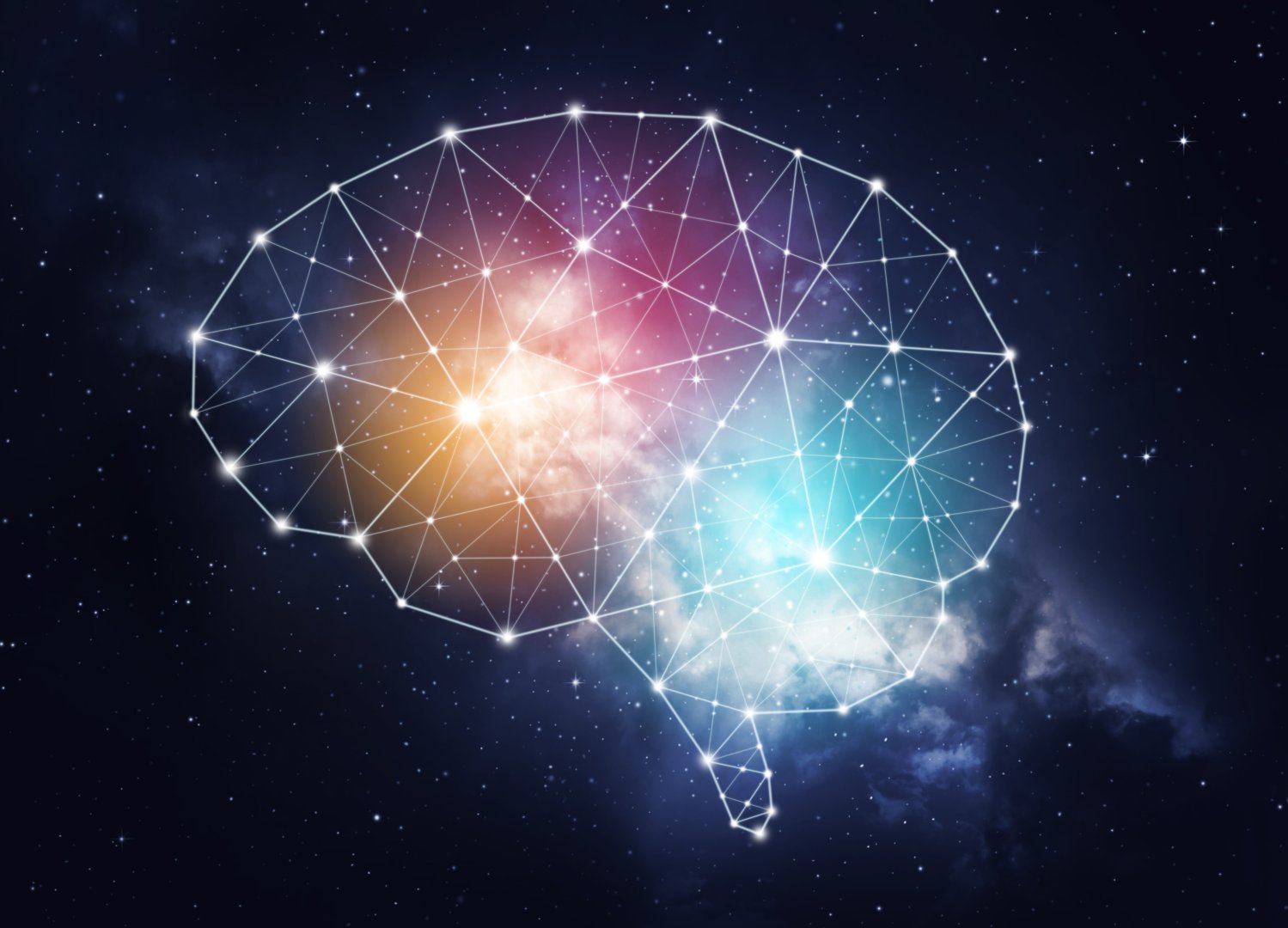B01 Mechanisms of Decision-Making Behavior Based on Transmission of Prediction and Prediction Error Signals between Hierarchical Brain Areas
Based on the recent finding that the adult zebrafish telencephalon also contains regions corresponding to those in the mammalian telencephalon, Okamoto created a closed-loop virtual reality space in which the head of a mutant adult fish with a transparent body is fixed and only the tail can move freely, and the tail’s movement is reflected in the backward movement of the surrounding scenery. The fish were trained in a task in which they had to learn a rule that if the surrounding scenery turned blue, they would be punished if they did not swim to the red compartment, and conversely if the scenery turned red, they would be punished if they did not stay in place. As a result, they found that when the surroundings turn blue, a population of neurons encoding the prediction error between the predicted favorable backward-moving view and the actual view is generated and reflected in behavioral control, leading to the proposal of a hypothetical neural circuit model that enables behavioral control based on prediction and prediction error. This model enables the control of behavior based on prediction and prediction error (Figure). In the case of a fight between adult zebrafish over social dominance, the output from the habenula and interpeduncular nucleus would encode predictions of postural and perceptual inputs necessary for attack and defense, and the prediction errors calculated by comparison and matching of internal perceptions such as proprioception with external perceptions such as visual input are reflected in the programming of visuo-motor transformation in the higher centers. In this study, we investigate the neural mechanisms of prediction and prediction error computation in the brainstem, including the habenula and the interpeduncular nucleus, as well as in the telencephalon, and how it is used to control behavior through hierarchical interactions among brain regions.


